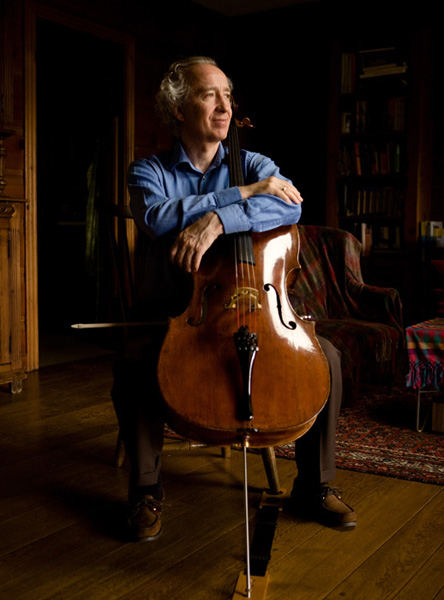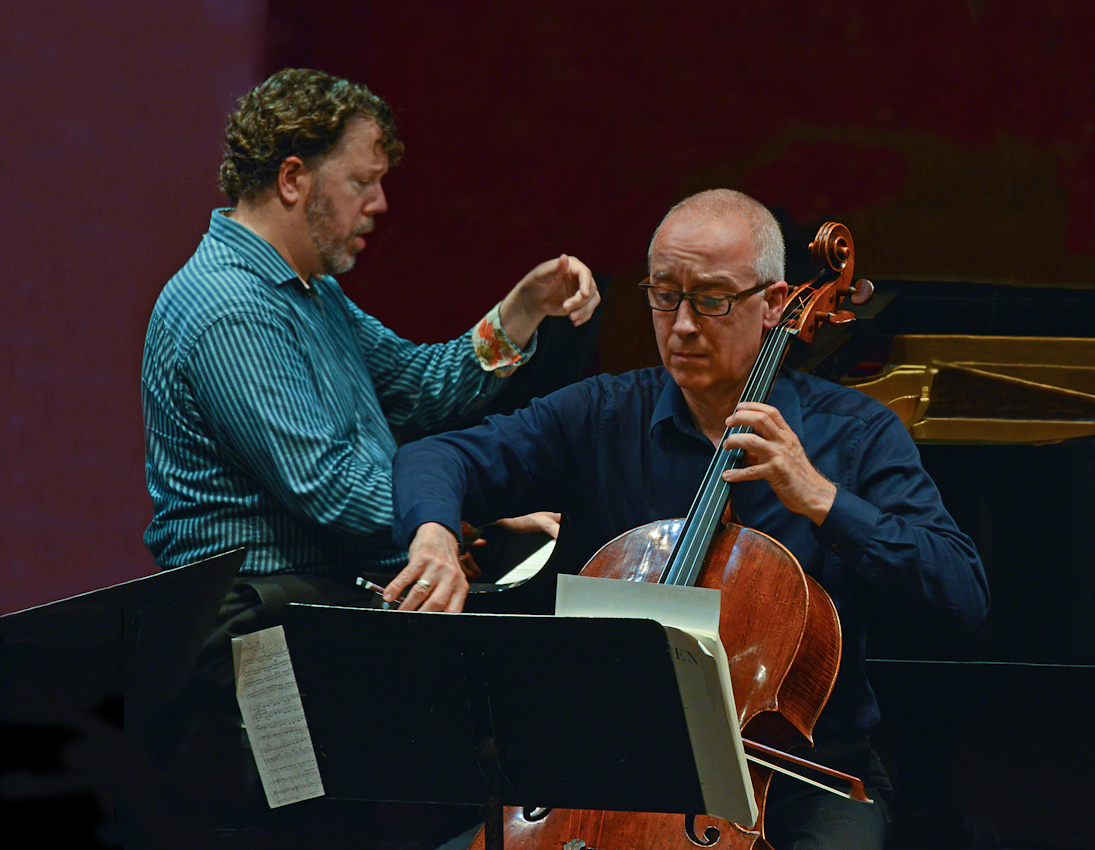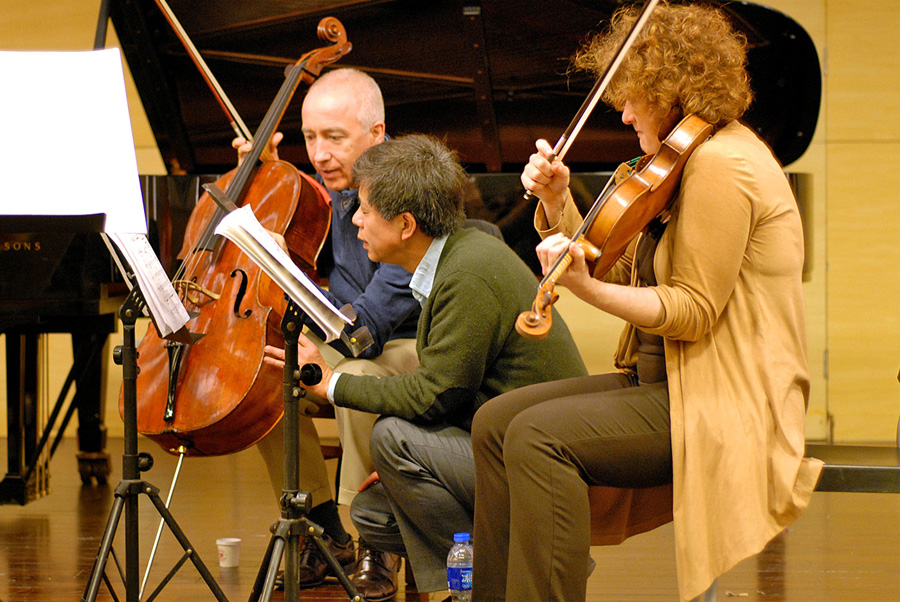ABOUT
Internationally renowned Franco-American cellist and educator Jean-Michel Fonteneau has dedicated his life to empowering generations of musicians to be thought leaders, global citizens and ambassadors of music by teaching them the musical, personal and professional skills required to thrive in today’s ever-changing and unpredictable world.
Initially a physics major in college, Jean-Michel transformed his professional trajectory after hearing concerts at the 1976 Casals Festival in Prades, France, celebrating Pablo Casals’ 100th birthday. He never looked back and has since accomplished a rewarding international teaching and performing career.
After being a member of the Lyon Symphony Orchestra and Lyon Opera Orchestra, Jean-Michel formed Le Quatuor Ravel which became an award-wining string quartet giving world tours with annual performances at the Concertgebouw in Amsterdam, the Théâtre des Champs-Élysées, Salles Gaveau in France, and Suntory Hall in Japan. The quartet was awarded prizes at the Evian International String Quartet Competition and the French Victoire de la Musique Classique.
Jean-Michel was directly responsible for creating the first-ever string quartet residency program in France. There he built a non-profit for the ensemble that earned annual salaries and job security for the quartet members while building loyal and consistent audiences as well as communities new to classical music.
He joined the chamber music faculty at the Lyon Conservatoire National Supérieur de Musique, where he created a unique curriculum for first year chamber music students focused on the foundational and essential skills of chamber music playing and career building. During that time, his students formed lasting ensembles that have gone on to win prizes at the Bordeaux International String Quartet Competition among others, build teaching residences and develop recording contracts.
In 1999, Jean-Michel left France to join the cello and chamber music faculty of the San Francisco Conservatory of Music. Since then, he has built a strong cello studio and further developed the cello department with monthly departmental recitals, cello ensemble concerts, and collaborations with the composition, early music and collaborative piano departments. Mentoring students throughout the school, he has sponsored projects that range from the study of instrument making to creating concert series, collaboration with neuroscience, and orchestral audition preparation.
While chair of the chamber music program at SFCM, he advanced the curriculum and training for the chamber music majors by creating a concert series where the students learned all aspects of concert production, audience development and professional performance.
Jean-Michel is the most in-demand cello teacher for the SFCM Pre-College Division. Students have been consistently featured as guests on the show From the Top, have won prizes at the ASTA and Stulberg competitions, and becoming Presidential Scholars and Jack Kent Cooke Scholars.
His students have been accepted to top music schools including the Juilliard School, New England Conservatory, Kronberg Academy and Rice University. They have appeared at Carnegie Hall, The Kennedy Center, the Concertgebouw, Wigmore Hall, and at summer festivals including Yellow Barn, Verbier Festival and Tanglewood. Former students have not only become professional performers but professional conductors, composers and educators at the collegiate and public school level, making state-wide and national impact.
Since moving to the United States, Jean-Michel has collaborated and performed with renowned performers including Leon Fleisher, Claude Frank, Peter Frankl, Bonnie Hampton, Nobuko Imai, Gilbert Kalish, Kim Kashkashian, Joel Krosnick, Robert Mann, Anthony Marwood, Menahem Pressler, Mark Steinberg, and Donald Weilerstein among others. He has also been featured in concert with long-established ensembles including the Danel, Escher, Fine Arts, Pro Arte, and Tokyo Quartets, as well as Martin Lovett of the Amadeus Quartet. He has recorded extensively for Albany Records, MSR Classics, Centaur Records, and Musidisc-France.
Jean-Michel is invited regularly to give masterclasses throughout North America including at the New England Conservatory, the Manhattan School of Music and Rice University. He has been a faculty member at Yellow Barn since 2000, where he also serves on the board. He performs annually with the Houston-based Music in Context ensemble dedicated to historically informed performance on period instruments.
Jean-Michel studied at the Ecole Normale Supérieure de Musique de Paris and plays cellos made by Eugenio Degani in 1893 and Andrew Carruthers in 2016.
He currently lives in New Haven, CT with his wife Dana and their cat Barley.







